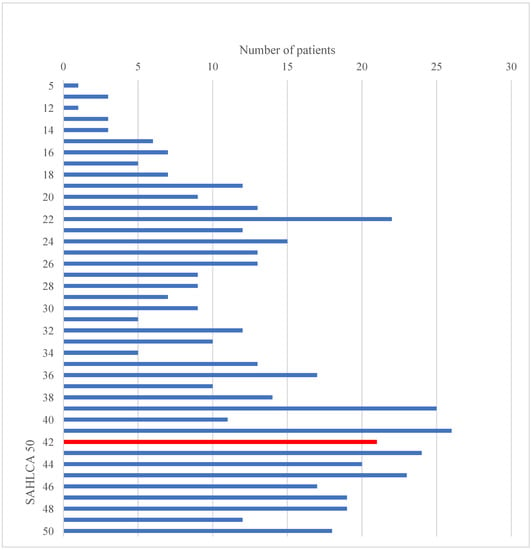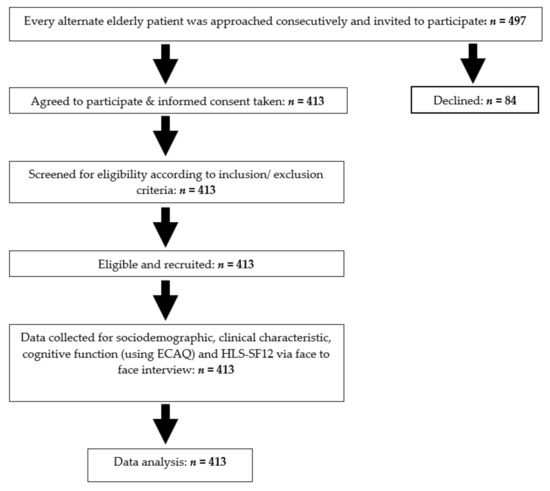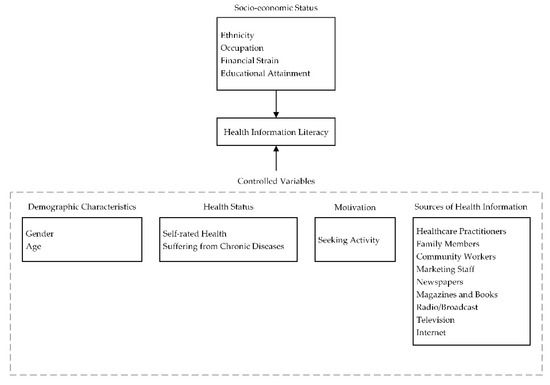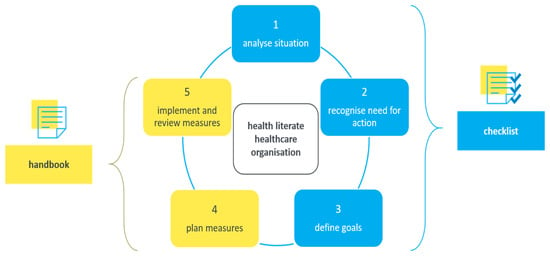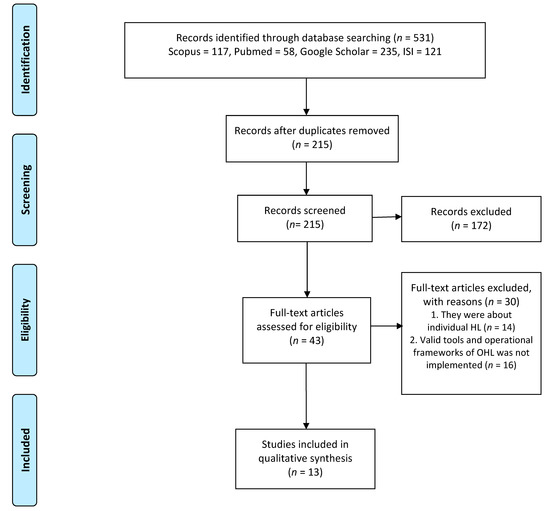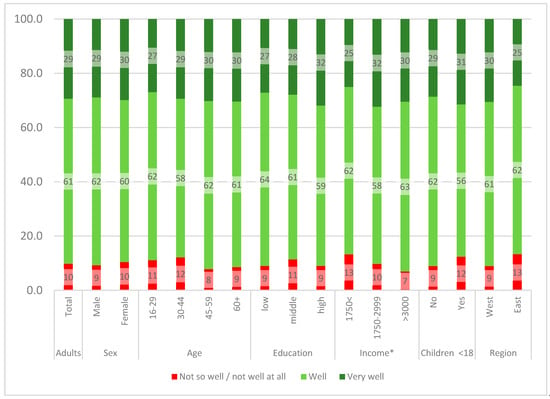Global Health Literacy
A topical collection in International Journal of Environmental Research and Public Health (ISSN 1660-4601). This collection belongs to the section "Global Health".
Viewed by 154099Editors
Interests: health literacy; global health; SDGs; qualitative research methods; conceptual frameworks; future scenario planning; co-production; public health; capacity-building
Special Issues, Collections and Topics in MDPI journals
Interests: health literacy; food literacy; dietary intake; nutritional markers; quantitative methods; evaluation of research instruments; global health; health behaviors; quality of life; metabolic syndrome; cardiovascular disease risks; stroke; type 2 diabetes; hypertension; chronic kidney disease
Special Issues, Collections and Topics in MDPI journals
Interests: health education, health literacy, and nutrition communication; engaging multi-ethnic communities with low health literacy skills to integrate behavioral interventions that promote health and prevent chronic disease complications
Topical Collection Information
Dear Colleagues,
The increased attention to the importance of health literacy for quality of life, health care, disease prevention, and health promotion has led to a growth in the global health literacy community. Health literacy plays an essential role in accelerating sustainable development, and it is of great importance that we continue to improve research, policy, practice, and education to provide a sound evidence base for the global health literacy community to build on. Additionally, we must bridge research gaps and push for a stronger theoretical foundation of health literacy.
Recognizing that health literacy is two-sided—focusing on both the individual skills as well as the competence of systems and organizations to meet people’s needs—this issue offers an opportunity to publish high-quality, interdisciplinary research reporting on topics relating to global health literacy developments from all parts of the world and within a wide range of settings. We welcome manuscripts specifically focusing on health literacy and global health, international health, SDGs, health behaviors, health outcomes, quality of life, the emergence of respiratory virus infection, noncommunicable diseases, health promotion, disease prevention, health care, health systems, health advocacy, health policy, health communication, capacity building, organizational development, co-production, interventions, cultural competency, eHealth, and innovations for future health.
Dr. Kristine Sorensen
Dr. Duong Van Tuyen
Prof. Dr. Elena Carbo
Collection Editors
Manuscript Submission Information
Manuscripts should be submitted online at www.mdpi.com by registering and logging in to this website. Once you are registered, click here to go to the submission form. Manuscripts can be submitted until the deadline. All submissions that pass pre-check are peer-reviewed. Accepted papers will be published continuously in the journal (as soon as accepted) and will be listed together on the collection website. Research articles, review articles as well as short communications are invited. For planned papers, a title and short abstract (about 100 words) can be sent to the Editorial Office for announcement on this website.
Submitted manuscripts should not have been published previously, nor be under consideration for publication elsewhere (except conference proceedings papers). All manuscripts are thoroughly refereed through a single-blind peer-review process. A guide for authors and other relevant information for submission of manuscripts is available on the Instructions for Authors page. International Journal of Environmental Research and Public Health is an international peer-reviewed open access monthly journal published by MDPI.
Please visit the Instructions for Authors page before submitting a manuscript. The Article Processing Charge (APC) for publication in this open access journal is 2500 CHF (Swiss Francs). Submitted papers should be well formatted and use good English. Authors may use MDPI's English editing service prior to publication or during author revisions.
Keywords
- health literacy
- global health
- international health
- SDGs
- health behaviors
- health outcomes
- quality of life
- the emergence of respiratory virus infection
- noncommunicable diseases
- health promotion
- disease prevention
- health care
- health systems
- health advocacy
- health communication
- capacity building
- co-production of health
- eHealth
- future health








